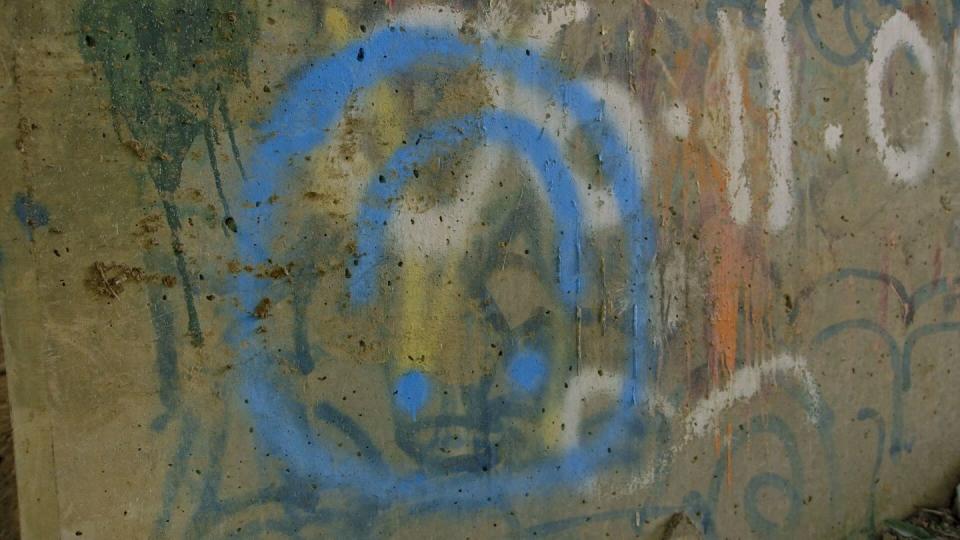The Insane Details of the Smiley Face Killers Theory

Since 1997, hundreds of college-aged men have been found dead in bodies of water across 25 cities in 11 different states. Although nearly all of the cases have been classified as accidental or undetermined, there's a theory that at least 45 of the hundreds of victims have been killed by a network now referred to as the Smiley Face Killers, named for the chilling smiley face graffiti found near many of the crime scenes.
The theory has been debunked by the Center for Homicide Research, but two retired New York Police Department detectives, Anthony Duarte and Kevin Gannon, have been investigating the theory for 12 years. Now, Oxygen is sharing their findings with a new series, Smiley Face Killers: The Hunt for Justice, which premieres on January 19 at 7 p.m.
The victims all share a similar profile.
While the cases are in unrelated areas, including Massachusetts, Wisconsin, and New York City, the victims all have something in common. According to Gannon and Duarte, most of the victims are college-aged men who were notably successful in athletics, academics, or both. They were reported missing after a night of drinking, and later found in a body of water.
The perpetrator is most likely a group.
In 2008, during the investigation of University of Minnesota senior Christopher Jenkins' death, Duarte told CNN that he believes it's impossible for the killer to be just one person.
"It's so widespread. We have so many different victims in so many different areas," he said.

Additionally, the smiley faces don't look like they've all been created by the same person, as they have varied in size and style.
The first victim was found in 1997.
Patrick McNeill is thought to be the first victim of the Smiley Face Killers. He was a 21-year-old student at Fordham University, and his body was found in the East River months after he was reported missing. His autopsy reported no signs of foul play. He had "more than a little and less than a lot" of alcohol in his system, and no traces of drugs.
Although Gannon was involved in the 1997 case, he didn't begin investigating until he retired.
Gannon worked for the Missing Persons Squad in the New York Police Department, and was involved with Patrick McNeill's case when he was reported missing. Gannon promised Patrick's family that he would seek justice for their son, and began investigating the case when he retired in 2006.
Together in 2014, Gannon and Duarte published a book about their investigation called Case Studies in Drowning Forensics, where they focus on 14 cases that may be connected to Smiley Face Killers.
The most recent case was in 2017
Dakota James, a Duquesne University graduate student, is thought to be the most recent victim. Dakota was last seen in surveillance footage, walking through the Cultural District of Pittsburgh in January 2017. His body was found in the Ohio River in March, 40 days after he went missing.
Dakota's case is particularly mysterious, because it is believed that his body traveled 10 miles, and through a dam, before eventually being found. Despite that, his body showed no signs of visible damage.
The FBI believes that these are "alcohol-related drownings."
In 2008, the FBI made the following statement in a press release:
"Over the past several years, law enforcement and the FBI have received information about young, college-aged men who were found deceased in rivers in the Midwest. The FBI has reviewed the information about the victims provided by two retired police detectives, who have dubbed these incidents the 'Smiley Face Murders,' and interviewed an individual who provided information to the detectives. To date, we have not developed any evidence to support links between these tragic deaths or any evidence substantiating the theory that these deaths are the work of a serial killer or killers. The vast majority of these instances appear to be alcohol-related drownings. The FBI will continue to work with the local police in the affected areas to provide support as requested."
('You Might Also Like',)

